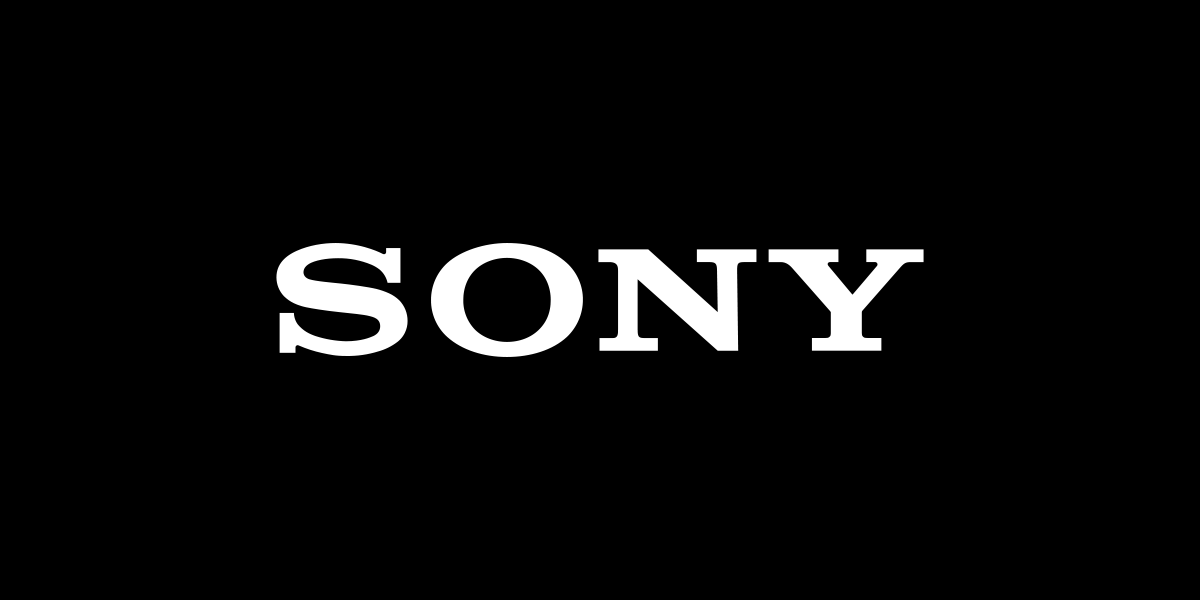Sony Ventures into Blockchain with New Initiative
23.08.2024 14:30 1 min. read Alexander Stefanov
Sony Group has unveiled its new blockchain, named ‘Soneium,’ developed in partnership with Singapore’s Startale Labs.
Built on Optimism’s Superchain, Soneium integrates infrastructure from prominent industry players such as Circle, Chainlink, Alchemy, Astar Network, and The Graph.
Soneium, an Ethereum layer-2 network, aims to tackle key challenges in blockchain adoption like scalability and efficiency. Startale Labs CEO Sota Watanabe outlined a three-phase strategy: initially attracting web3 developers, then integrating with Sony’s various services including Sony Bank, Sony Music, and Sony Pictures, and eventually onboarding enterprises and decentralized applications (dApps).
Sony plans to launch a testnet for Soneium in collaboration with Astar Network, which will later integrate its zkEVM technology with Soneium. The testnet will feature a comprehensive framework and developer tools.
Watanabe emphasized that Sony’s extensive distribution channels will help make Soneium widely accessible, aiming to bring blockchain technology into the mainstream beyond the web3 space. Chainlink’s Johan Eid noted that Soneium’s launch underscores ongoing progress in the blockchain sector.
This blockchain initiative follows Sony’s recent acquisition of the crypto exchange Whalefin, which was rebranded to S.BLOX in July 2023. The exact launch date for the exchange remains uncertain. Watanabe mentioned that the Soneium project, first planned around 18 months ago, is now moving into its execution phase.
-
1
Top 10 blockchains by transaction volume in June 2025
06.07.2025 16:00 2 min. read -
2
German State-Owned Development Bank Issues €100 Million Blockchain Bond
11.07.2025 7:00 2 min. read -
3
Tether Ends Support for Five Blockchains in Infrastructure Shift
12.07.2025 11:30 2 min. read -
4
Cardano and Ethereum Lead in Developer Activity as GitHub Commits Surge
14.07.2025 12:00 1 min. read -
5
Malaysia Opens the Door to Blockchain Experimentation With Launch of Innovation Hub
18.06.2025 22:00 2 min. read
Cardano and Ethereum Lead in Developer Activity as GitHub Commits Surge
Recent GitHub data reveals which blockchain ecosystems and individual projects attracted the most developer attention last week—a key signal of long-term project strength.
Tether Ends Support for Five Blockchains in Infrastructure Shift
Tether, the leading issuer of stablecoins, is phasing out support for five older blockchains.
German State-Owned Development Bank Issues €100 Million Blockchain Bond
Germany’s state-owned development bank NRW.BANK has issued a €100 million ($116.7 million) blockchain-based bond, marking one of the largest public-sector entries into digital securities in Europe.
Top 10 blockchains by transaction volume in June 2025
New data highlights a dramatic lead for Solana in blockchain activity for June 2025. According to the figures, Solana processed a staggering 2.98 billion transactions, far outpacing all other chains in the ecosystem.
-
1
Top 10 blockchains by transaction volume in June 2025
06.07.2025 16:00 2 min. read -
2
German State-Owned Development Bank Issues €100 Million Blockchain Bond
11.07.2025 7:00 2 min. read -
3
Tether Ends Support for Five Blockchains in Infrastructure Shift
12.07.2025 11:30 2 min. read -
4
Cardano and Ethereum Lead in Developer Activity as GitHub Commits Surge
14.07.2025 12:00 1 min. read -
5
Malaysia Opens the Door to Blockchain Experimentation With Launch of Innovation Hub
18.06.2025 22:00 2 min. read


